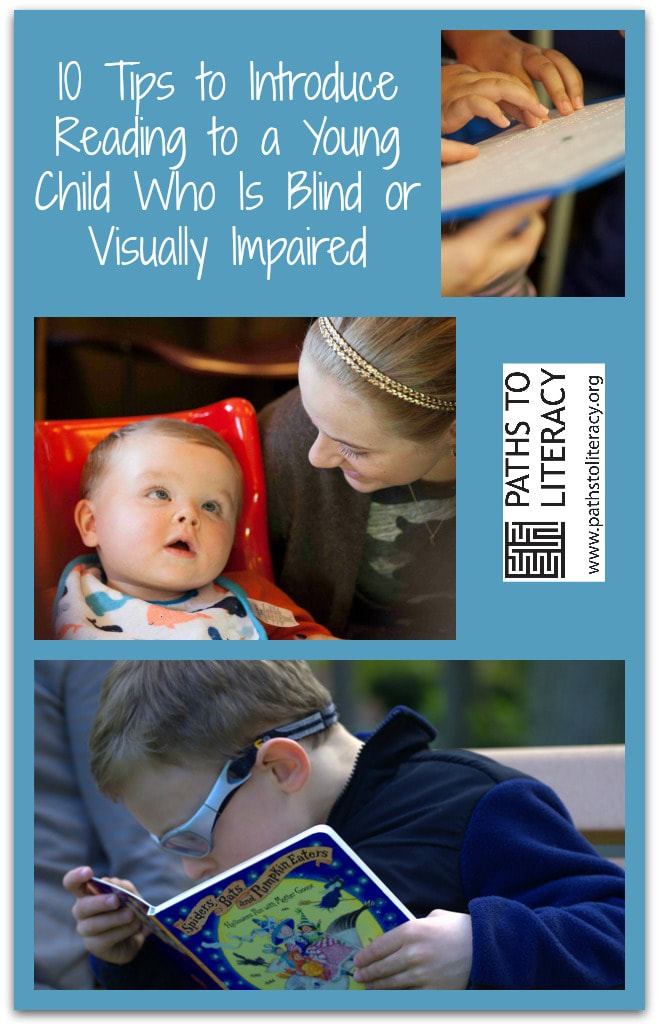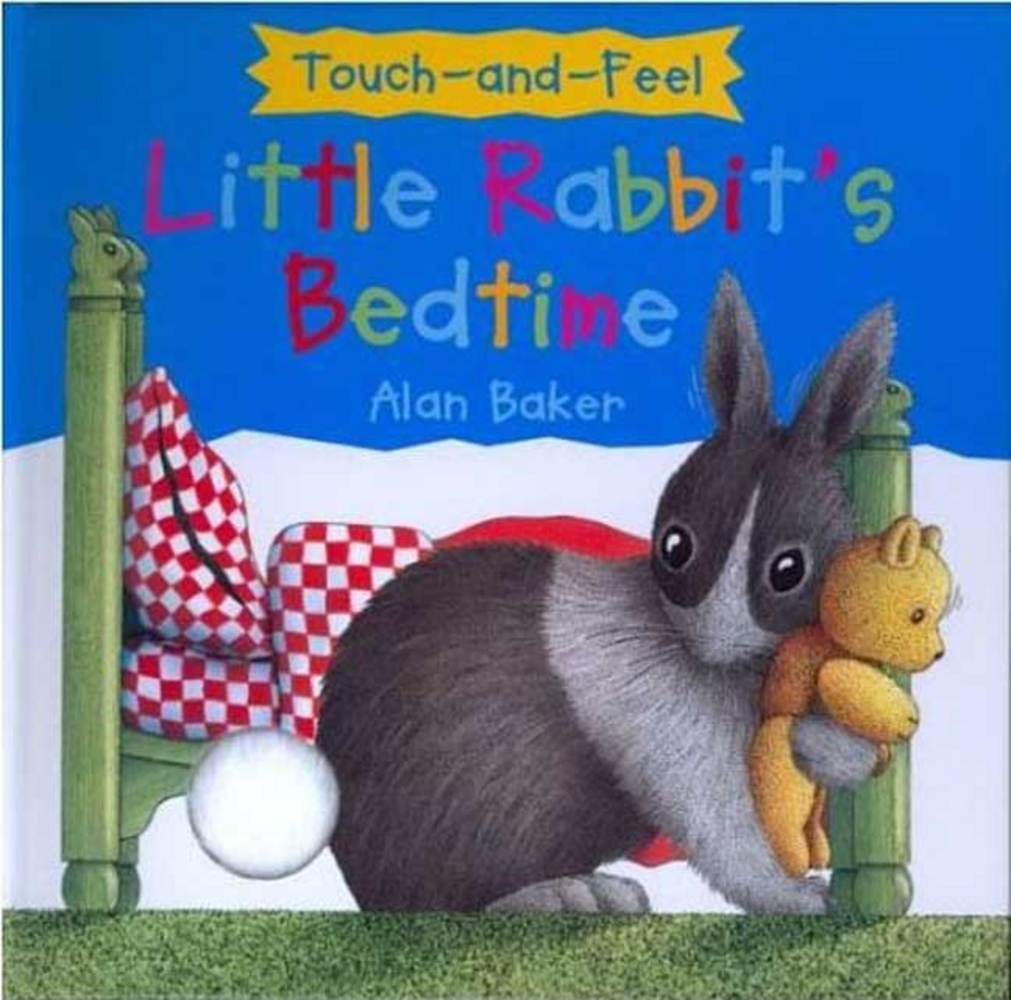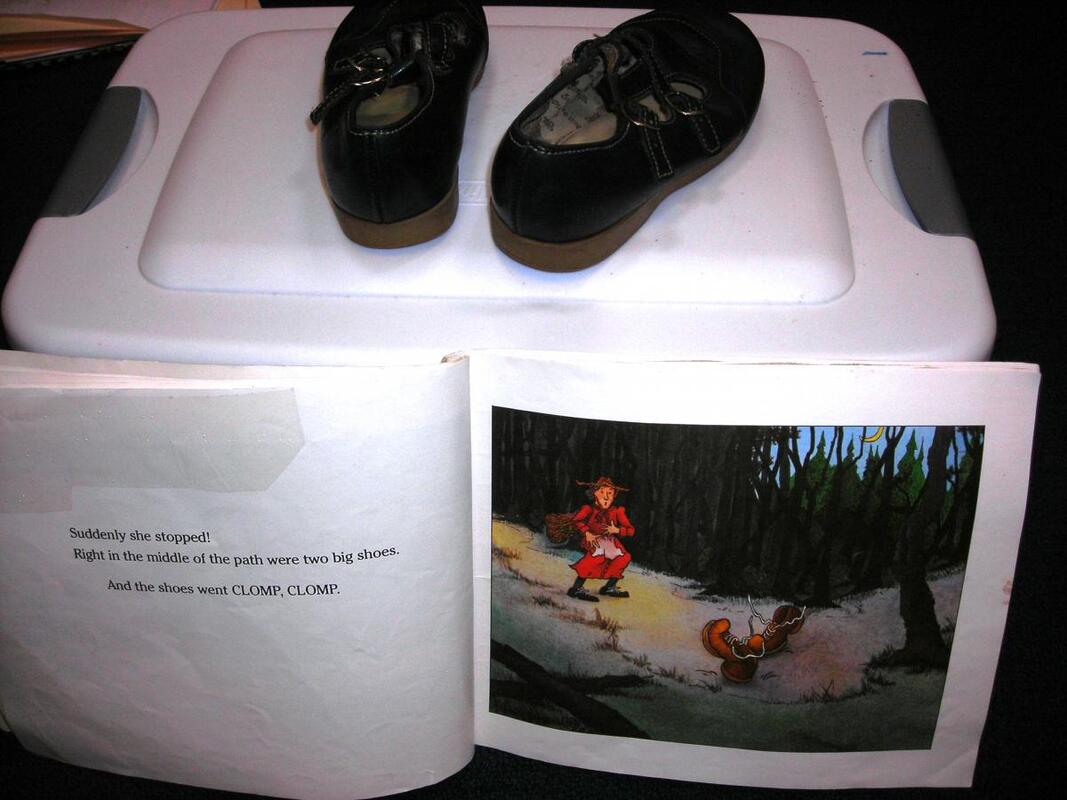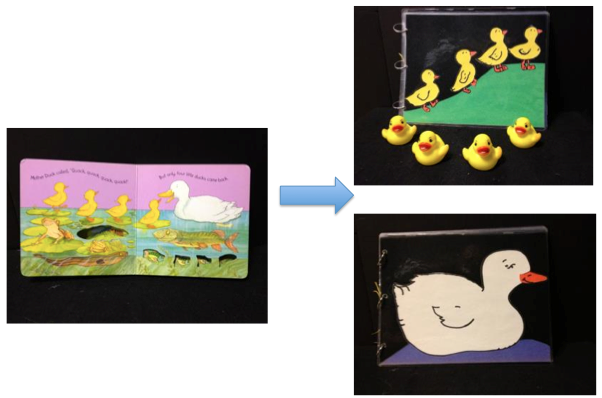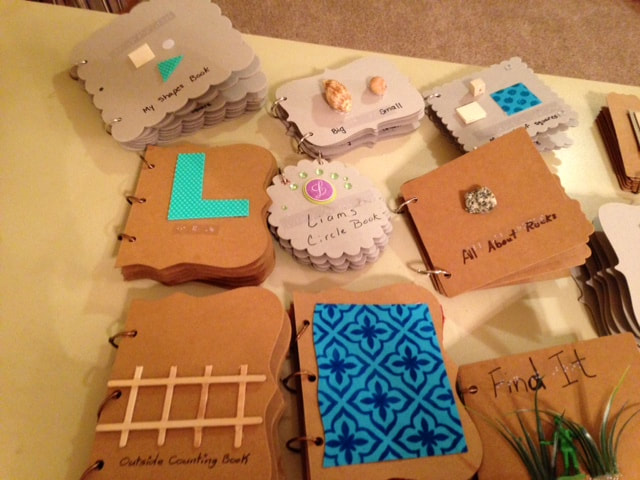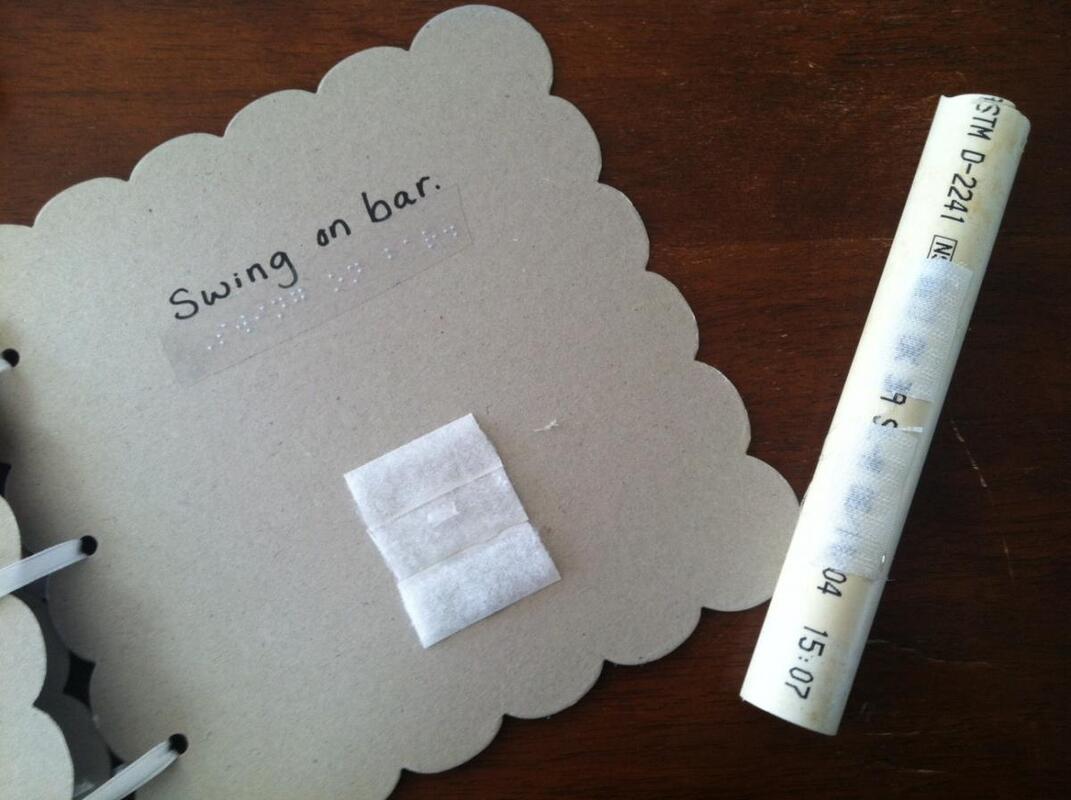Ten Tips to Introduce Reading to a Young Child Who Is Blind or Visually Impaired
Written by Charlotte Cushman
Tips to introduce books, reading and literacy to young children who are blind or visually impaired
1. Share your love of reading by reading aloud with your child every day.It is important to set aside time each day to read with your child. This does not mean that you have to read a book from cover to cover or make the child listen to each and every page. This means that you show your child that books are something special to be enjoyed and that they can make life more interesting and fun.
2. Choose times and places that are quiet, comfortable and free from distractionsLife is often busy and can be chaotic, especially when juggling schedules and other children. Turn off your cell phone and the TV, sit close to the child, and really focus on exploring books and literacy materials together. Be sure that the child is comfortable, with proper positioning, so that she can focus on you and the story rather than on trying to sit up. This simple act of sharing focused time together will help to create a routine that is special and enjoyable for both you and the child.
3. Choose books that relate to the child’s own experience.
Click here to see how it can be used with real objects.
For older children or children with multiple disabilities Lunch Crunch offers a simple story line where you can use real carrots, crackers, etc. to accompany the story. See this post for more ideas on how to set this up. 4. Use objects to support the story, in place of illustrations (storyboxes).
5. Add textures or bright colors to call attention to important parts of the page.
Click here for more suggestions for children with CVI.
See Modifying Books for Students with Multiple Disabilities for more ideas. 6. Use interactive language to make the story more engaging and meaningful.Stories can be a wonderful way to help children to draw the connection to their own experience. For example, “José went to the grocery store in this book. Do you remember when we went to the grocery store yesterday?”
7. Provide books in braille and/or large print.
8. Encourage the child to be actively engaged in the handling of the book.Invite the child to:
9. Create tactile books with the child, based on their experiences.
10. Store the books and other literacy materials in an accessible place that the child can find.Designate a shelf or cabinet that the child can locate and reach. Label it with braille and/or a tactile symbol or picture to indicate that this is where to books are kept. Encourage the child to find the shelf and choose a book to look at. Invite her to return the books to the shelf after reading time, so that she will learn about where things are stored and can thereby take a more active role in selecting books and making literacy an active choice in her life.
|
A Shared Vision: Partners in Pediatric Blindness & Visual Impairment
EIN 81-4227664

